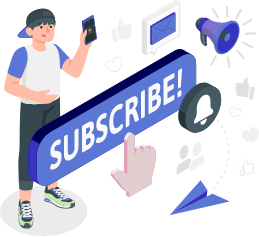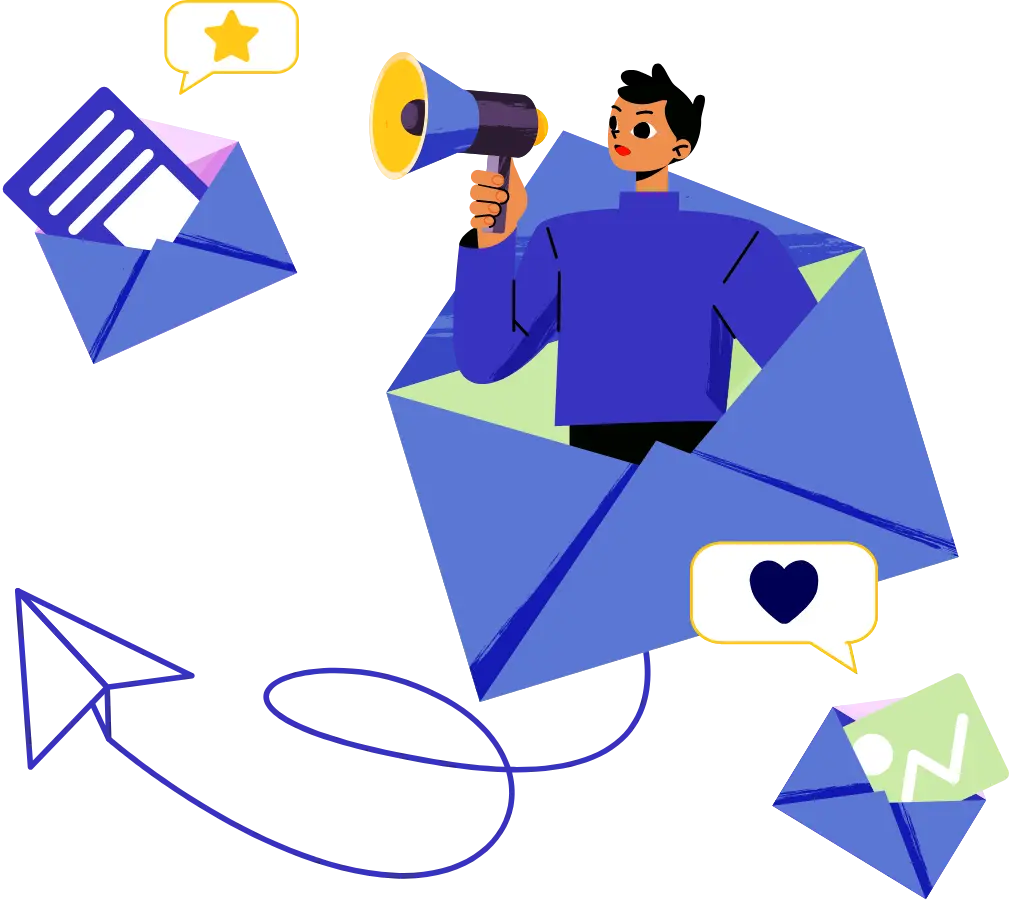Key Takeaways:
- Employee development planning enhances engagement and career satisfaction.
- Career path mapping and succession strategies future-proof organizations.
- Mentor matching nurtures personalized growth and organizational loyalty.
- Regular assessments and tailored plans support scalable talent development.
- Continuous feedback and targeted coaching accelerate leadership capability.
Unlocking the full potential of your workforce begins with strategic motivational techniques and meaningful engagement. As organizations strive for excellence, identifying the right methods to inspire a team ensures both personal growth and collective organizational achievements. Let’s explore effective strategies and actionable ideas to drive team motivation through thoughtful employee development planning.
What Is Employee Development Planning and Why Does It Matter?
Defining Employee Development Planning
Employee development planning is a structured approach to fostering continuous professional growth within your organization. It involves assessing current capabilities, identifying potential skill gaps, and mapping out learning pathways to help employees reach their full potential. The process is both proactive and strategic, providing employees with clarity on what they need to develop to advance in their careers, while aligning individual aspirations with organizational objectives.
The Impact of Career Path Mapping on Workforce Engagement
Career path mapping plays a crucial role in sustaining engagement. By visualizing potential career trajectories, employees understand how their roles can evolve within the organization. This understanding leads to increased job satisfaction, a deeper sense of purpose, and a lowered risk of turnover. Motivated employees often report higher productivity and commitment, creating a stronger, more resilient workforce poised for long-term success.
Integrating Succession Planning Strategies for Future Organizational Growth
Aligning Succession Planning With Employee Development Goals
Succession planning goes hand-in-hand with effective development planning. By closely linking succession strategies to employee development goals, organizations can identify future leaders and ensure a steady pipeline of talented staff prepared for promotion. Prioritizing internal growth opportunities fosters both loyalty and readiness for critical roles.
Balancing Talent Pipeline Management and High-Potential Employee Identification
Proactively managing your talent pipeline requires regular assessment and deliberate nurturing of high-potential employees. By transparently communicating pathways for advancement and providing targeted development opportunities, organizations inspire ambition while ensuring continuity during future transitions.
Mentor Matching in Organizations: Building Sustainable Growth
The Role of Mentor Matching in Personalized Growth Objectives
Mentor matching pairs less-experienced employees with knowledgeable advisors, giving rise to organic knowledge transfer and tailored skill enhancement. This personal connection strengthens confidence and accelerates learning while providing access to invaluable organizational insight. For federal employees, accessing a mentor who understands the unique landscape of government work amplifies both motivation and growth.
Best Practices for Constructing Effective Mentorship Programs
A successful mentorship program should be intentional. Define clear objectives, select mentors and mentees based on complementary strengths, and establish measurable milestones. Encourage regular check-ins and allow relationships to evolve based on career aspirations and project requirements. Recognizing mentor contributions publicly further reinforces organizational appreciation and inspires participation.
Utilizing Leadership Skill Assessment Tools to Guide Individual Progress
Comparing Leadership Skill Assessment Tools and Behavioral Competency Evaluation Methods
Frequent and objective assessment is at the heart of meaningful development. Leadership skill assessment tools range from self-evaluations and 360-degree reviews to targeted behavioral interviews. Assessments help pinpoint specific strengths and reveal areas for improvement. When combined with behavioral competency evaluations, organizations gain a holistic perspective on each employee’s leadership readiness and potential for growth.
Leveraging Learning and Development Metrics for Targeted Employee Advancement
Using metrics such as completion rates for training programs, test results, and on-the-job performance measures, leaders can tailor development plans that address individual needs. Monitoring progress through data-driven measures enables organizations to intervene early, allocate resources efficiently, and celebrate achievements appropriately, all of which sustain high motivation.
Crafting Personalized Growth Objectives: Templates and Frameworks
Individual Development Plan Templates for Employee Success
Well-structured development plans act as blueprints for employee advancement. These templates incorporate goals, timelines, required training, and measurable outcomes, clearly illustrating the steps required to reach each objective. Customizing these plans to account for personal interests and role-specific skills ensures motivation stays high and progress feels attainable.
Adapting Competency Model Frameworks for Role-Specific Growth
Competency models clarify what skills, behaviors, and knowledge are expected in distinct roles. By adapting these frameworks, organizations create consistent standards across teams while allowing for personalized growth. Competency-based planning motivates individuals to pursue continuous learning as they observe direct links between skill mastery and career advancement.
Building Your Training Needs Analysis Process: Performance Review Best Practices
Steps in a Training Needs Analysis Process to Identify Skill Gaps
An effective training needs analysis begins with a thorough review of current capabilities versus future organizational needs. Gather input from employees, managers, and performance appraisals to identify gaps. Align findings with strategic goals to prioritize the most impactful development initiatives—ensuring resources target the areas of greatest need.
How Performance Review Best Practices Inform Continuous Development
Regular, two-way performance reviews transform feedback into a motivational tool. They allow employees to reflect on growth, request help where needed, and realign priorities with organizational expectations. Constructive feedback, when delivered with empathy and clarity, fuels a culture of continuous improvement and engagement.
Maximizing Executive Coaching Benefits and Leadership Workshop Topics
When to Introduce Executive Coaching for Talent Acceleration
Executive coaching is a high-impact strategy for developing leaders within your organization. It is best introduced as employees transition into new managerial roles or are identified as high-potential contributors. Coaching sessions are tailored, goal oriented, and foster introspective growth, helping leaders develop resilience, strategic thinking, and effective people management skills.
Leadership Workshop Topics That Drive Measurable Outcomes
Workshops improve employee motivation by offering practical, interactive learning experiences. Popular topics include change management, conflict resolution, effective communication, emotional intelligence, and innovative thinking. These sessions can be delivered in person or virtually, ensuring inclusivity and accessibility for all federal employees regardless of location.
Next Step For You
Take a proactive role in your organization’s future—begin integrating these motivational strategies and engagement practices today, and watch your team’s performance and enthusiasm soar.
Conclusion
Motivating your team is an ongoing journey marked by intentional planning, continuous feedback, and personalized support. By leveraging structured development frameworks, modern mentoring approaches, data-driven assessments, and leadership programming, organizations can cultivate a thriving, future-ready workforce. Thoughtful motivation and engagement practices empower your team not only to meet current objectives, but also to grow, innovate, and lead for years to come.












